 Don’t worry if you are the only one wearing a mask. Be proud. Stay safe. Wear your mask.
Don’t worry if you are the only one wearing a mask. Be proud. Stay safe. Wear your mask. According to the experts, yes, a mask does help keep your child safe, even if they are the only person wearing a mask in the entire classroom or school.
As Dr. Jaimie Meyer, an infectious disease physician at Yale Medicine, explains,
“It’s true that masks are most effective when everyone around you is wearing them. If someone is infected with COVID-19 and doesn’t know it, their mask is like putting a thumb over the end of a hose, preventing the virus from spewing….”
Dr. Meyer goes on to say that,
“…even when that infected person is maskless, anyone around them who has their own mask reduces the chance that those droplets will find their way to their respiratory system and sicken them.”
Dr. Meyer also states that,
“The strongest protection against the disease remains vaccination… Pfizer-BionTech shots were 85 percent effective …. But masking may be the next most important thing you can do…. You should keep your mask at the ready because of what’s happening today, but also for what might happen tomorrow…. The mask helps you stay ahead of this disease.”
Dr. Meyer is not the only person saying that wearing a mask will help protect your child from COVID. Linsey Marr, a Virginia Tech engineering professor and one of the world’s leading experts on viral transmission, stated that,
“…there is also plenty of evidence showing that masks protect the wearer even when others around them are mask-free. The amount of protection depends on the quality of the mask and how well it fits. Given that the Omicron variant is far more infectious than other variants, health experts recommend upgrading your mask to an N95, KN95 or KF94, which are all high-quality medical masks. Other variables, such as how much time you are exposed to an infected person and how well a space is ventilated also will affect your risk.”
Can you believe that we are still arguing over whether children should or should not wear a mask at school? Well, we are, and the answer is still the same. Masks are safe to wear all day at school. Now, we add the fact that even if you are the only person or student wearing a mask in the room, wearing a mask will help keep you from catching COVID.
_____________
For research on the safety of wearing a mask, see Do Mask Mandates Cause Psychological or Medical Problems for Children in School?
_____________
I’m Vaccinated. Isn’t That Enough?
Some people may be saying, “but wait, I thought getting vaccinated was all that I needed. Isn’t that why I got vaccinated, so I wouldn’t be stuck wearing a mask all day?” Yet, a recent report from Cornell University demonstrates very clearly how effective wearing a mask to class can help curb COVID. This is a current report from this past week.
“Between March 17 and March 23, Cornell recorded 515 positive COVID-19 infections among students, staff and faculty, according to data from the university. …97% of the student population is vaccinated, while 92% of those eligible are boosted. The increase comes less than two weeks after the school dropped its mask mandate for most locations….
“Nationwide, BA.2, now accounts for more than a third of new COVID-19 cases.”
Being vaccinated is very important and everyone should be vaccinated and get a booster when eligible. We should also not forget to wear a mask—students as well as adults.
Do You Need To Wear A Mask Outside?
Some people will say, “I don’t need a mask. I’m staying 6 feet away from other people and that will keep me safe. Or, I have a plexiglass divider. Or I’m outside.” However, Marr goes on to explain that, yes, you do need a mask.
“It’s true that viral particles are concentrated closest to an infected individual… but just as cigarette smoke eventually spreads throughout a room, so, too, does the coronavirus.”
The cigarette smoke comparison is clear and easy to understand. We have all been in a room when someone was smoking, even if the person is totally on the other side of the room, smoke travels. In the backyard, if the neighbor two houses down is smoking outside, it travels all the way to your house. Just like cigarette smoke, COVID travels throughout a room and even in the air outside.
The CDC makes it clear that you need to wear the mask “consistently” for it to do any good. You can’t put it on, take it off, pull it down underneath your chin, or wear it very loosely. To be effective, the mask must fit snugly over the nose and mouth.
So, don’t hop out of your car to pump gas without a mask or run inside to the restroom without a mask. It doesn’t count if you are diligent about wearing a mask at work but leave the mask in the car when running errands.
The same is true for children. Don’t climb on the bus without a mask. Your child may even want to consider wearing a mask out on the playground.
Remember, COVID is just like the cigarette smoke: it travels through the air. Masks do not take the place of vaccinations, but they are an important step in staying healthy.
As we discussed in my last blog post, even mild COVID can cause cognitive processing problems. So, be prepared, don’t leave home without your mask.
_____________
For more information on cognitive processing and COVID, read Should We Be Concerned about the Effects of COVID on Cognitive Processing and Executive Functioning Concerning Classroom Learning Losses?
_____________
We have established that a mask helps protect you and your child, even if you are the only person wearing a mask in the room. We have also learned that vaccines and masks work hand-in-hand together to give you the best protection. It’s not an either-or situation, you need both.
Get vaccinated. Get boosted when eligible. And don’t forget to wear a mask, N95, KN95 or KF94 if possible.






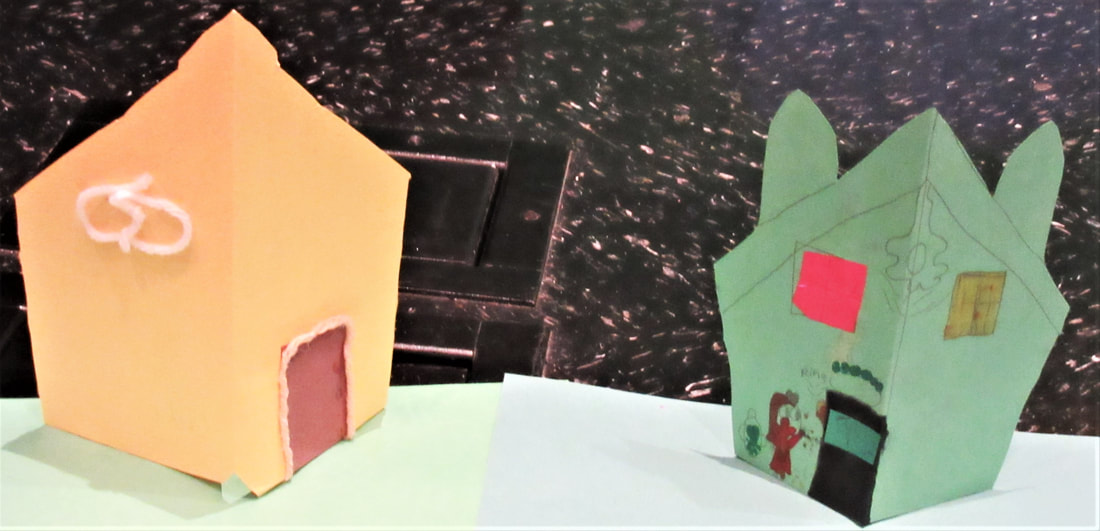

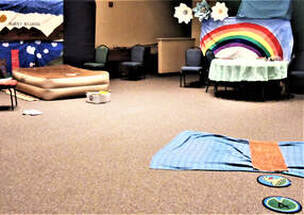

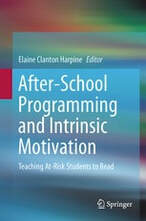
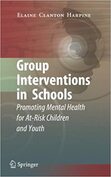

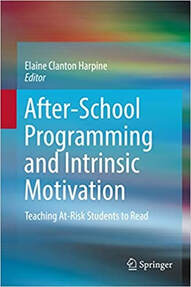

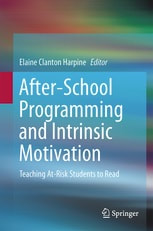

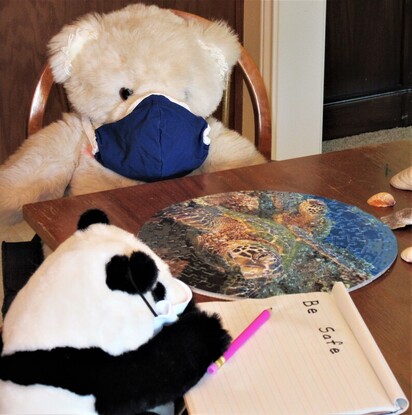
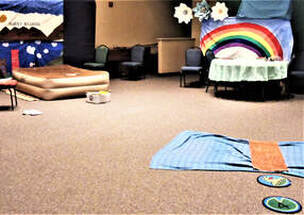
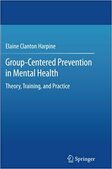
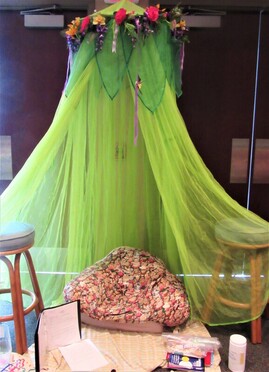
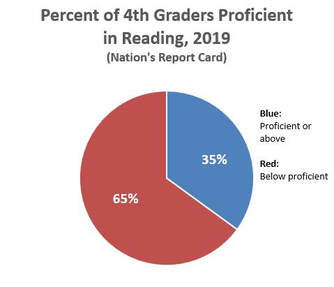
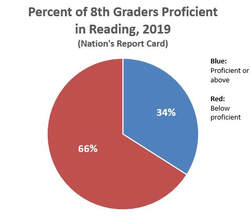
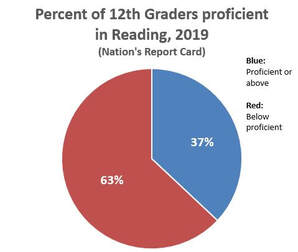
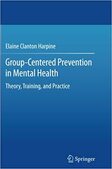
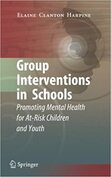
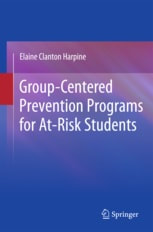

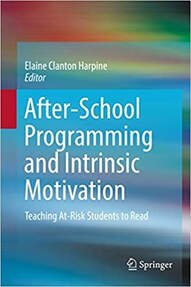

 RSS Feed
RSS Feed
